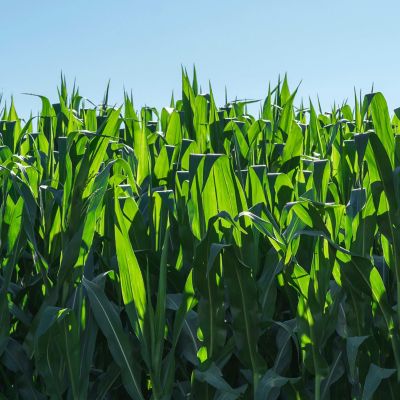Tar Spot of Corn in the U.S. and Canada

Crop Insights
Written by Mark Jeschke; Ph.D., Agronomy Manager
Crop Insights
Written by Mark Jeschke; Ph.D., Agronomy Manager
How can you better manage tar spot in 2022? Here's what we know so far.
Prevent against and defeat even the most resistant diseases with fungicide solutions from Corteva Agriscience.

Disease moves fast to destroy crop yields. You need a fungicide that works just as fast.
Discover Aproach® Prima fungicide
From enhanced in-season protection to improved harvestable yield, Aproach® fungicide delivers tangible results.
See the benefits






Qrome® products are approved for cultivation in the U.S. and Canada. They have also received approval in a number of importing countries, most recently China. For additional information about the status of regulatory authorizations, visit http://www.biotradestatus.com/. AM - Optimum® AcreMax® Insect Protection system with YGCB, HX1, LL, RR2. Contains a single-bag integrated refuge solution for above-ground insects. In EPA-designated cotton growing counties, a 20% separate corn borer refuge must be planted with Optimum AcreMax products.
Roundup Ready® is a registered trademark used under license from Monsanto Company. Liberty®, LibertyLink® and the Water Droplet Design are trademarks of BASF. Agrisure® is a registered trademark of, and used under license from, a Syngenta Group Company. Agrisure® technology incorporated into these seeds is commercialized under a license from Syngenta Crop Protection AG.
* All Pioneer products are hybrids unless designated with AM1, AM, AMT, AMX, AMXT, AML, and Q in which case they are brands.
The foregoing is provided for informational use only. Please contact your Pioneer sales professional for information and suggestions specific to your operation. Product performance is variable and depends on many factors such as moisture and heat stress, soil type, management practices and environmental stress as well as disease and pest pressures. Individual results may vary. Pioneer® brand products are provided subject to the terms and conditions of purchase which are part of the labeling and purchase documents.